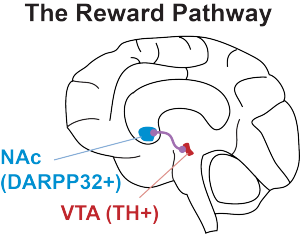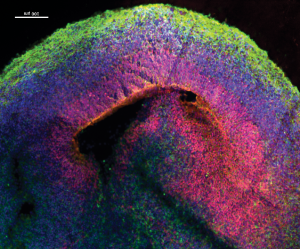Beyond the Genomic Code: How does biology store and access information?
We often hear about genomic DNA as the “code” of life. Yet it is becoming clear that there are many other important sources of information in biology with relevance to most diseases, and with potential utility in biotechnology and even information technology. Much of this information is stored in the molecules and chemical modifications bound to DNA. We are developing molecular tools to access, manipulate, and store this information.
Epigenome Engineering and Chromatin Biology
In eukaryotic cells (animals, plants, yeast), chromatin is composed of genomic DNA wound around spherical protein complexes called nucleosomes to form a “bead-on-a-string” structure. Hundreds of proteins regulate the biochemical and biophysical properties of chromatin. We are harnessing DNA-targeting technologies to edit and track chromatin properties and using them to more efficiently engineer cells and to elucidate both fundamental gene regulatory mechanisms and disease etiologies.
Biological Circuits in Living Cells
Chromatin confers unique regulatory properties not accessible through traditional genetic engineering that could be useful in biotechnology. We are exploring the diverse ways chromatin enables cells to “compute”.

Modeling Autism and other Neurodevelopmental Disorders with Human Cerebral Organoids
Human stem cells derived from adult cells can be grown into 2-4mm spheres containing many of the architectural features and cell types found in the human brain. We are engineering methods to create these “cerebral organoids” that more faithfully mimic structures found in the human brain. These can be used for ex vivo drug screening and neurodevelopmental studies while avoiding ethical concerns.
Substance Abuse Disorders and New Models to Study Addiction
We are applying synthetic biology and stem cell engineering tools to study the role of the epigenome in human addiction to substances of abuse.

Engineering DNA as an Information Storage Technology
Information storage using electronic media is increasing in demand for both space, energy, and longevity. DNA presents potential orders of magnitude improvements for all of these properties. We are developing molecular and biochemical tools in conjunction with encoding strategies (collaboration with the Tuck group at NCSU) to harness DNA for next generation, extreme capacity, information storage systems.



